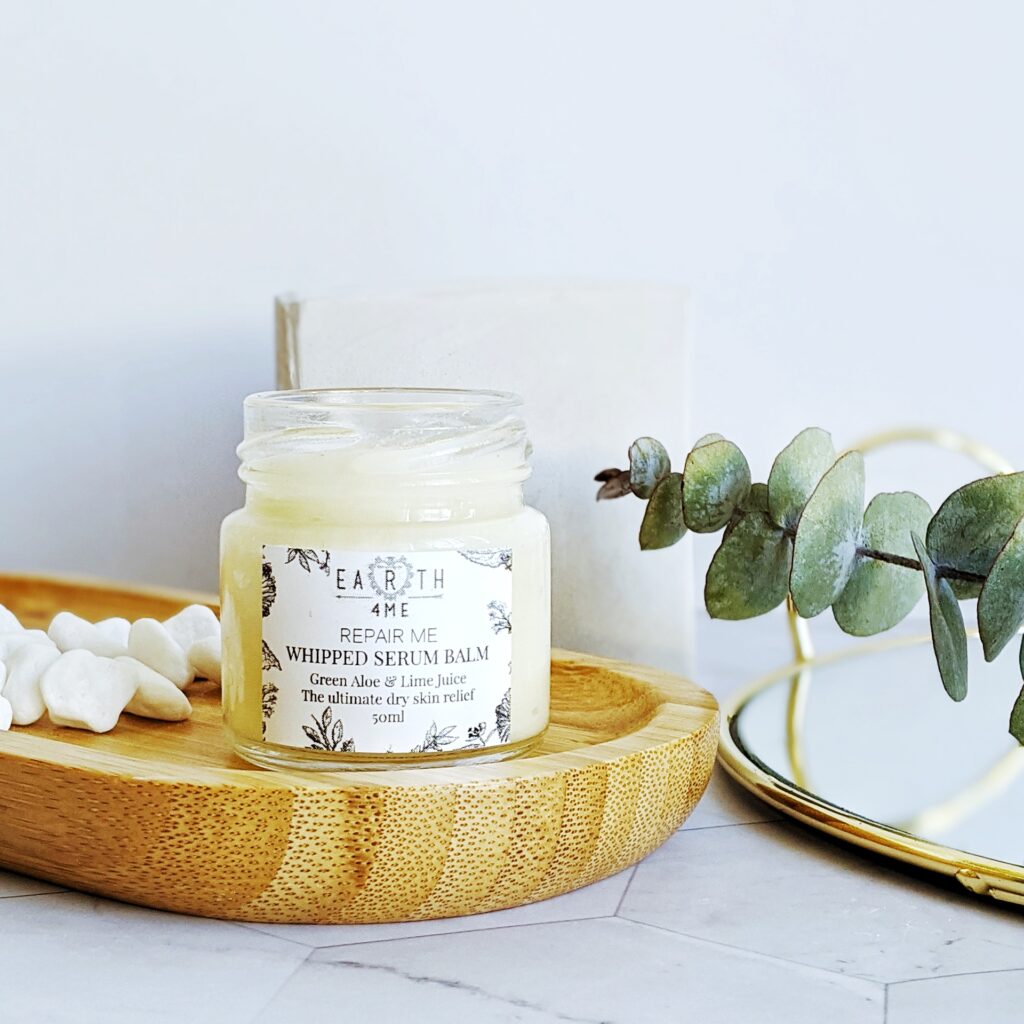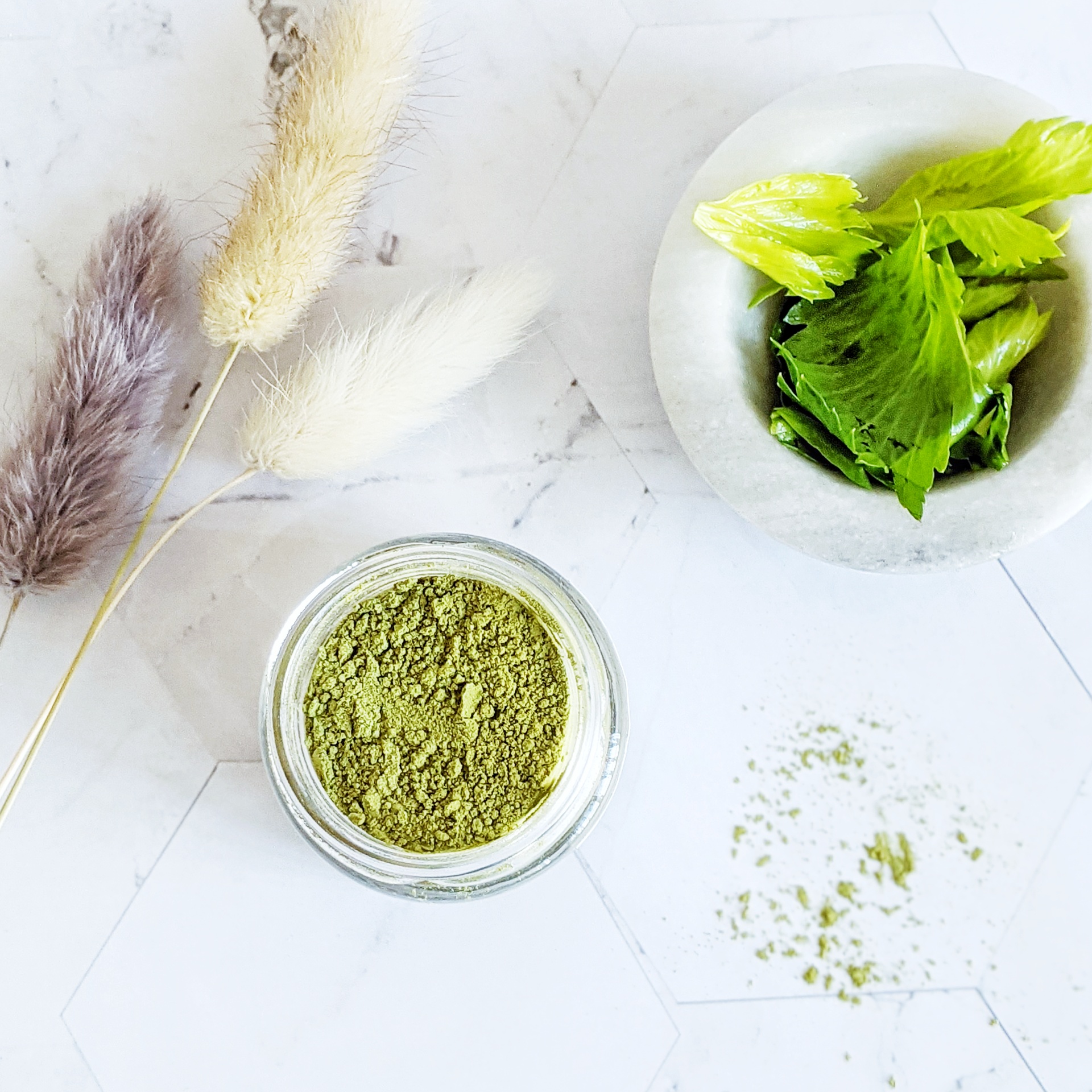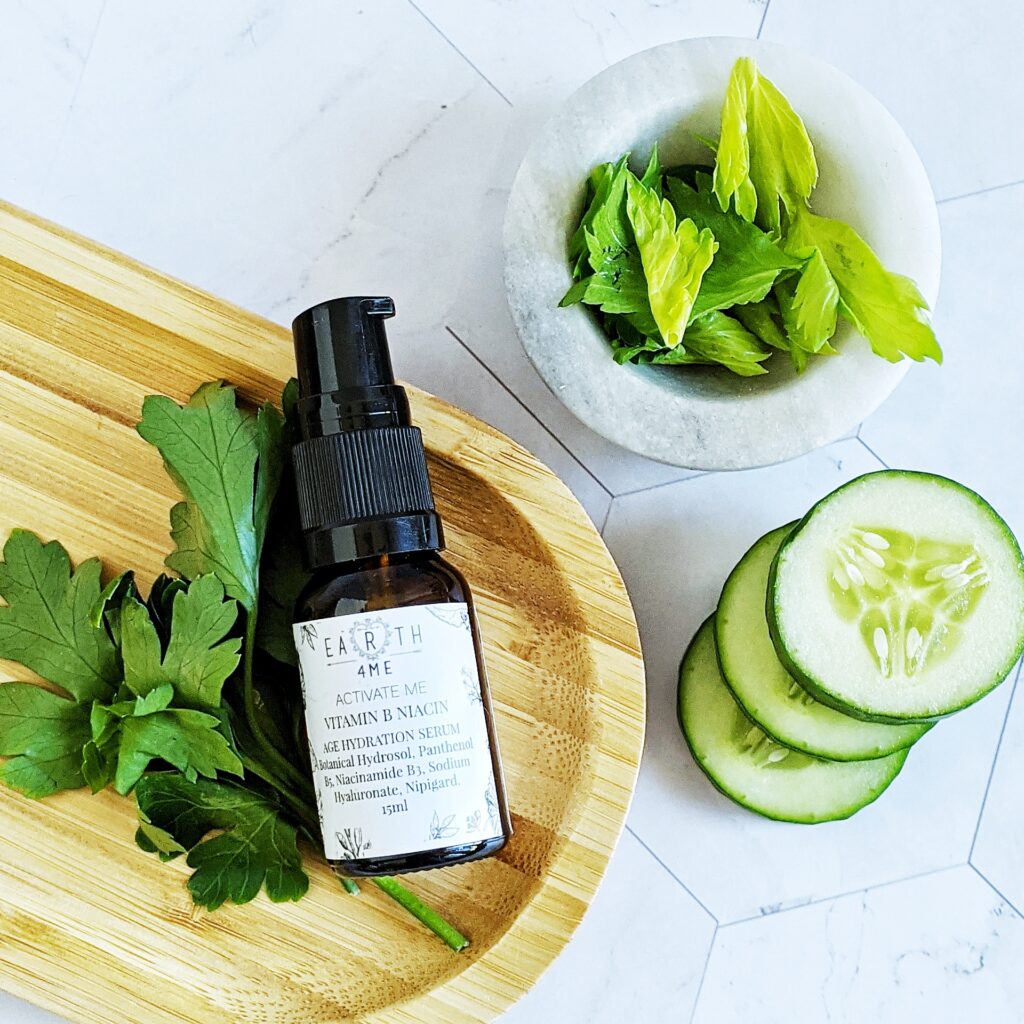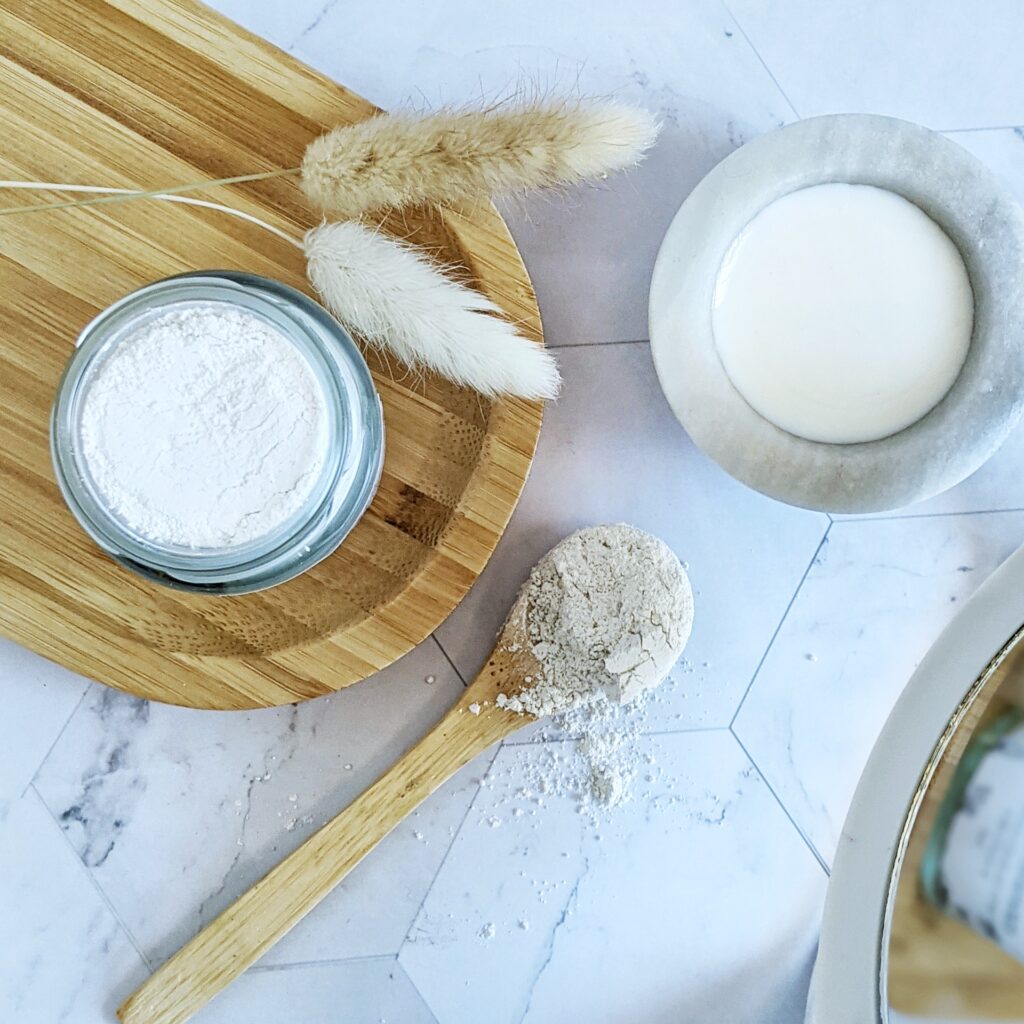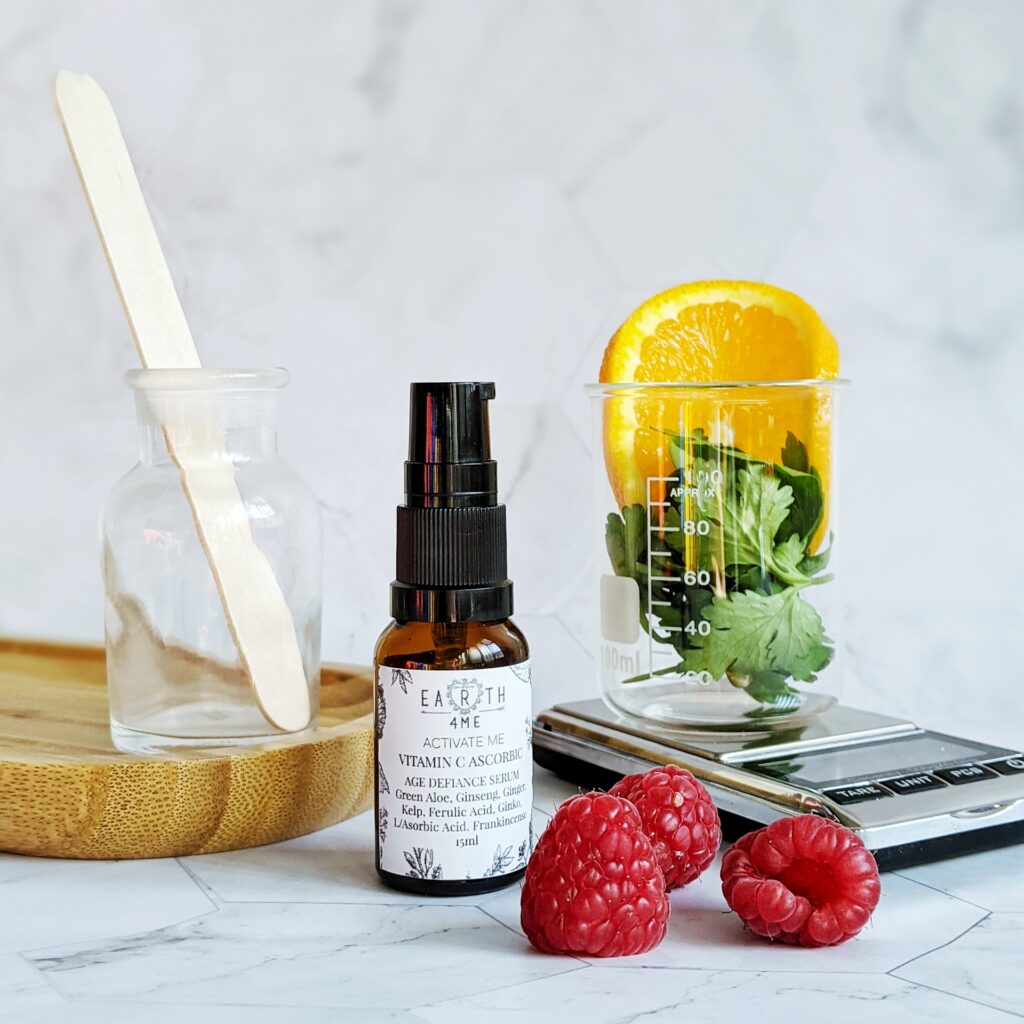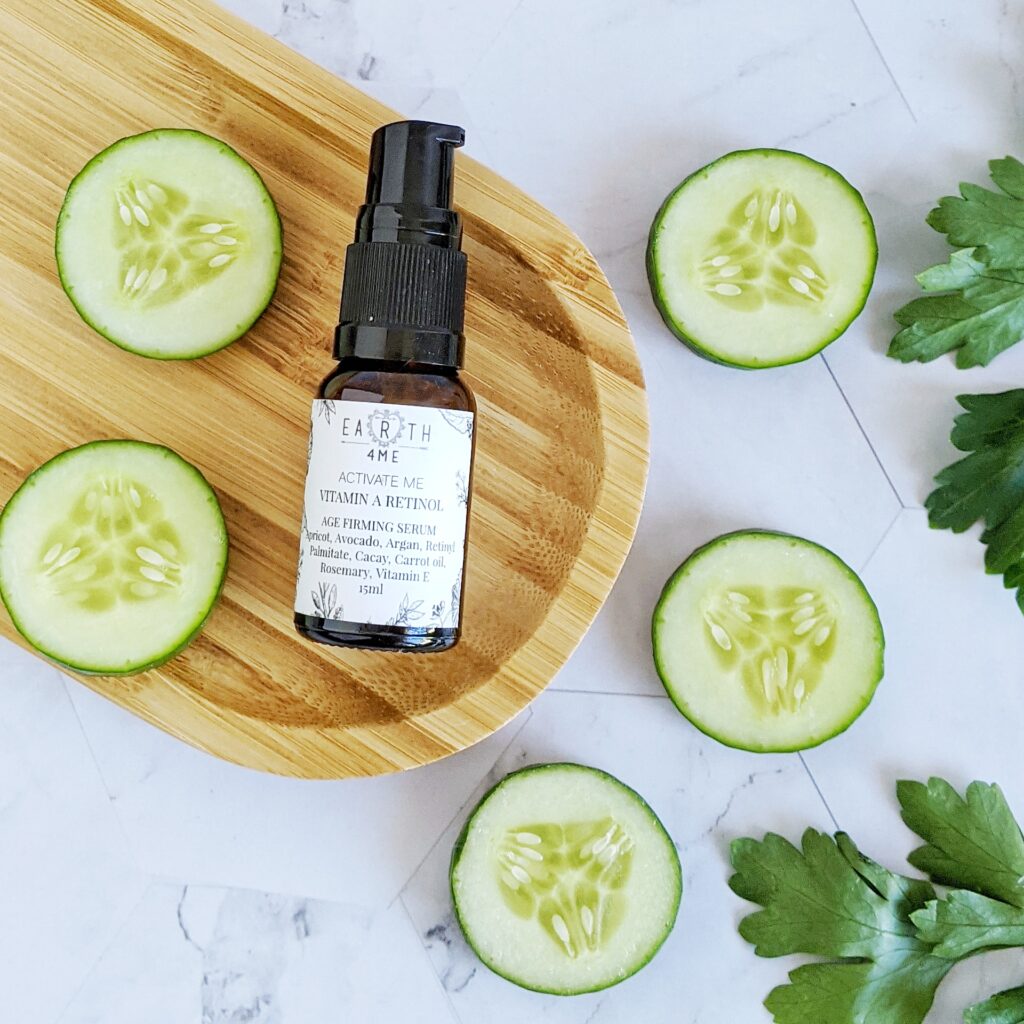Understanding your skincare ingredients
- Posted on
- In Blogs

Happy New Year to my clients and blog readers! I hope you had an enjoyable start to 2021 with your nearest and dearest, and are ready to tackle some skincare goals this year.
The topic for this month’s blog is written to help you get started on your 2021 skincare journey, and is a topic that I am very passionate about educating people on: skincare ingredients, and understanding what goes on your skin and into your body.
Your skin is your largest organ, and therefore anything you put on it, is absorbed by the body and goes into your organs and bloodstream. That’s why it’s so important to know how to read an ingredient list so you can make an informed choice about what you use. Your body, as they say, is your temple so looking after your body, and your skin, should be your top priority heading into 2021.
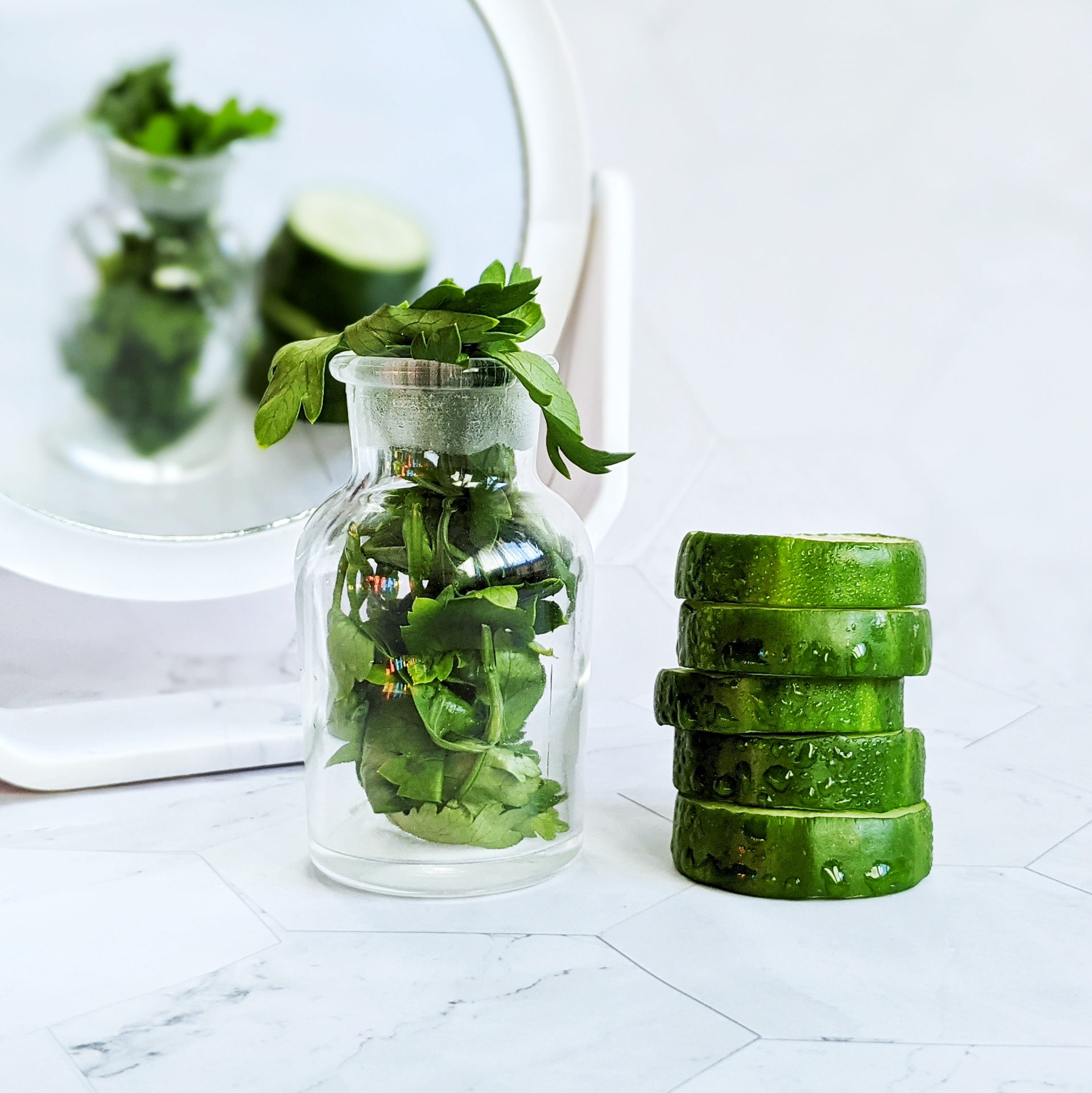

Skincare ingredients to avoid
It’s easiest to start with knowing what ingredients should not be in your skincare products. These are often fillers, or unnecessary preservatives, designed to make your products cheaper. A lot of supermarket brand skincare products are full of toxic preservatives and fillers, and while they may be ‘dermatologically recommended’ or ‘dermatologically safe’, chances are, they’re not really recommended by a lot of dermatologists.
Here’s a list of ingredients to avoid in your skincare products, and why:
Sodium Lauryl Sulfate (SLS) & Sodium Laureth Sulfate (SLES)
Though it is widely known that these two chemicals are bad for your skin and long-term health, you can still find them used widely in a range of products, such as foaming cleanser, shampoos, and acne products. It is used specifically to create the foaming effect we all have come to love, but here’s a skincare truth: your products don’t need to foam to be effective. So skip all products that have either of these products, even if it is naturally-derived or non-petroleum derived.
Mineral Oil
Derived from petroleum, mineral oil is one of those cheap fillers used in moisturisers, serums and lotions to provide ‘hydration’. In reality, it’s simply coating and covering your pores (a huge no-no!) and can cause skin conditions like acne, dermatitis and eczema. This is a common ingredient in cheap, supermarket products, and with the advances in science and technology, there are far better alternatives for skin hydration on the market such as beeswax, avocado oil or grapeseed oil, all which I use in my hydrating products.
Parabens (methyl, butyl, proply, ethyl)
A commonly used preservative in all skincare products, they are used to prevent the growth of mould and bacteria, prolonging the shelf life of your products. Unfortunately, a lot of parabens have links to an increased risk in breast cancer, due to its having oestrogen-mimicking properties and disrupting endocrine production.
Avoiding parabens doesn’t mean throwing out your skincare products every week – it’s as simple as looking for products that either have natural preservatives such as phenethyl alcohol or glyceryl caprylate, and products that use packaging as a preservative (biophotonic glass packaging), or do not have water, as water is what breeds bacteria. That’s why 99% of my products are water free, as it removes the need for parabens and preservatives, and also prolongs the potency of your skincare products. And as for the 1%, I use a broad spectrum antimicrobial agent that is produced from the sugar of wheat and corn, while the other, Caprylic Acid, is derived from coconut oil. these natural plant based ingredients work well with our skins natural metabolism.
Synthetic fragrances/parfum and phthalates
Do you sometimes buy a product because you love the smell? Chances are that’s because it’s using a synthetic fragrance (which includes phthalates), which is known to cause or exacerbate skin irritations. Unfortunately, you’ll find synthetic fragrances in a lot of products, even the high-end expensive ones, and with the number of options available nowadays (essential oils, for example), there’s no excuse to still be using synthetic fragrances. I use natural aromas from the earth in all my products, either from essential oils, or botanicals that have been naturally distilled (ie: not created using chemicals in a laboratory).
Formaldehyde and formaldehyde releasers
Formaldehyde has long been known to be a highly toxic chemical and the fact it is still used in skincare products today as a preservative and anti-bacterial is shocking. What’s worse is there are other chemical compounds used in skincare that slowly release formaldehyde, so while it may not clearly state formaldehyde on your ingredient list, you should look for the following: Bronopol, DMDM hydantoin, diazolidinyl urea, imidazolidinyl urea, and quaternium-15. As mentioned earlier, there are safer alternatives for preservatives and anti-bacterial ingredients.
Triclosan
This ingredient is used in a lot of skin and body products due to its anti-bacterial properties and it’s ability to remove odour (which is why it is used in a lot of deodorants). Did you know this chemical was first created as a pesticide in the 1960s? Think about that one. Over prolonged use, traces of it have been found in urine and breast milk, showing that it is easily absorbed by our skin into our internal systems. It has been banned in the use of personal products in Europe and the US, though it’s still used in personal products in Australia. There are no studies to prove it kills bacteria more than other ingredients, so it’s best to avoid this one completely.
Phenoexyethanol
This ingredient is becoming increasingly common as an alternative to parabens, and is used as a preservative. Studies have shown that dosage of 1% or less is safe for your skin, but consider the cumulative effect over time.
Polyethylene Glycol (PEG)
This chemical compound is petroleum-based and used to improve the absorption of products into your skin. It achieves this as it is an ingredient that can penetrate the skin barrier, and carries the other ingredients in with it (good and bad), which is how it helps improve product absorption. However, because of its penetration abilities, it can reduce the moisture barrier of your skin and therefore speed up the ageing process. While it should be avoided altogether, people with broken skin should completely avoid anything with this ingredient as it can cause more sensitivity and irritability.
Alcohol
In particular, methanol, isopropyl alcohol, propanol, benzyl alcohol, and sd alcohol (alcohol denat). These are the alcohols you should avoid in your skincare products, as they strip the protective acid mantle off your skin, causing excessive dryness and irritability, as well as increasing skin sensitivity and leaving your skin prone to other skin conditions. This is why I avoid the use of all alcohols.
So now you know what to avoid, the next question is, what good ingredients should I be looking for in my skincare products?
Here are a list of ingredients I would recommend, and use in my Earth4Me skincare range:
Hyaluronic Acid
Having dry skin myself, I love hyaluronic acid which is all about hydrating the skin, as it can hold up to 1000 times its weight in water. While you can find synthetic versions of this acid in skincare products, it can be naturally-derived by fermenting wheat, or extracted from the senna plant (Cassia Angustifolia). The difference between natural and synthetic (lab-made) hyaluronic acid, is the synthetic version doesn’t penetrate the skin, it just sits on top, meaning your skin can’t get all the benefit of this acid. So where possible, try and look for the natural, botanical version.
Can be listed as: Glycoaminoglycane, Sodium Hyaluronate, Glycoaminoglycan, Hyaluran, Hyaluronan, Hyaluronate Sodium, Hylan, Sodium Hyaluronate
Niacinamide
Another ingredient that has taken the skincare industry by storm is niacinamide, this is popular in the treatment of rosacea, pigmentation issues, and wrinkles. It works by triggering the skin to produce nicotinamide adenine dinucleotide (NAD+/NADH) and nicotinamide adenine dinucleotide phosphate (NADP+), which helps the skin function normally. NAD+ also helps your skin neutralise free radicals. This product also works well with other ingredients, so unless otherwise recommended by your esthetician, you can use this with other facial serums in your skincare routine. As a by-product of Vitamin B3, niacinamdie is a key ingredient in my Activate Me Vitamin B serum.
Can be listed as: niacinamide, Vitamin B3, nictonic acid
Lactic Acid
This is a gentle, but effective acid that gently exfoliates the dead skin off the top layers of your skin. Because it’s so gentle, it’s perfect for all skin types, especially dry and sensitive skin types. Naturally occurring lactic acid can be found in dairy, such as organic goats milk and coconut milk ,which are key ingredients in my Clarify Me Cleansing Minerals and Refine Me Exfoliating Grains.
Can be listed as: Ammonium Lactate, Calcium Lactate, Potassiu Lactate, Sodium Lactate, TEA-Lactate, Methyl Lactate, Ethyl Lactate, Butyl Lactate, Lauryl Lactate, Myristyl Lactate, Cetyl Lactate.
Vitamin C
I know I talk about vitamin C a lot, and that’s because I absolutely love it as an ingredient! It has so many wonderful properties and benefits, such as fighting skin-damaging free radicals, boosting collagen production, evening skin tone and speeding up the skin healing process. I would recommend looking for products that list vitamin C in its purest form, L-Ascorbic acid. You can find high levels in my Brighten Me facial mask and Activate Me vitamin C serum.
Can be listed as: Ascorbic Acid (L-Ascorbic Acid), Ascorbyl Palmitate, Sodium Ascorbate, Sodium Ascorbyl Phosphate, Magnesium Ascorbyl Phosphate (MAP), Tetrahexyldecyl Ascorbate (THDA) (also denoted Ascorbyl Tetraisopalmitate), Ascorbyl Glucoside, Ascorbyl Glucosamine, Ascorbyl Methylsilanol Pectinate.
Vitamin A
Vitamin A contains retinol, the super ingredient for preventing, or minimising, the signs of ageing. It works by helping the skin shed the dead skin cells on the top layer, revealing the fresh, new skin cells underneath. It is important to remember that vitamin A should only be used in your PM routine, and you must use sun protection during the day as retinol increases skin sensitivity (you should be using sun protection regardless as part of a good skincare routine). Introduce your skin to this ingredient with my Activate Me Vitamin A Retinol serum.
Can be listed as: Retin-A, Retin-A micro, retinol, retinaldehyde, adapalene, isotretinoin, tretinoin and tazarotene
If in doubt, you can always Google the ingredient name to learn more about its function and whether it is safe to use in skincare.
As part of my In-Depth skin and product consultation, I ask my clients to bring their current skincare products and we discuss their skincare routine, identify what skin type they have and what products and ingredients they need. We also run through all their products and talk about the ingredients in them, and whether it’s providing benefit to their skin and body. This is a recommended option before commencing long-term treatments with me, as it helps me understand your skincare goals, and for you to understand what effects the treatments will have, and what you can expect at the end of it.
You can book an In-Depth skin and product consultation with me through my website, and they can be done in-person or through video. If doing via video, you will see an attached form on the booking system to complete, with an area for you to upload your unfiltered, close-up shots this allows me to properly analyse and make the correct skincare recommendations.
Liked this blog? Check out my other blogs on the website.
Natasha Brock is a trained beauty therapist and skincare specialist with over 15 years experience in New Zealand and Australia. In addition to offering customised skin care products, she runs a clinic in Port Hedland, Western Australia.

